
24/7 Service Available

From minor AC repairs to complete system overhauls, trust AirAlliance Team to keep your spaces cool and comfortable all summer long.
Missouri summers can be brutal. With temperatures now reaching record highs, the last thing you want is for your air conditioners to break down. But sometimes, even the most well-maintained air conditioning systems can fail without warning. When that happens, know that Air Alliance Team is just a phone call away. We are always standing by, ready to fix any AC issue and restore not just your comfort but peace of mind.
No AC problem is too complex or challenging for our team to handle. For over 35 years, we have been repairing and servicing all types of cooling systems, from central AC units to ductless mini splits and everything in between. We repair all brands, makes, and models of air conditioners, so you can trust us to get the job done right, no matter what type of AC you have.
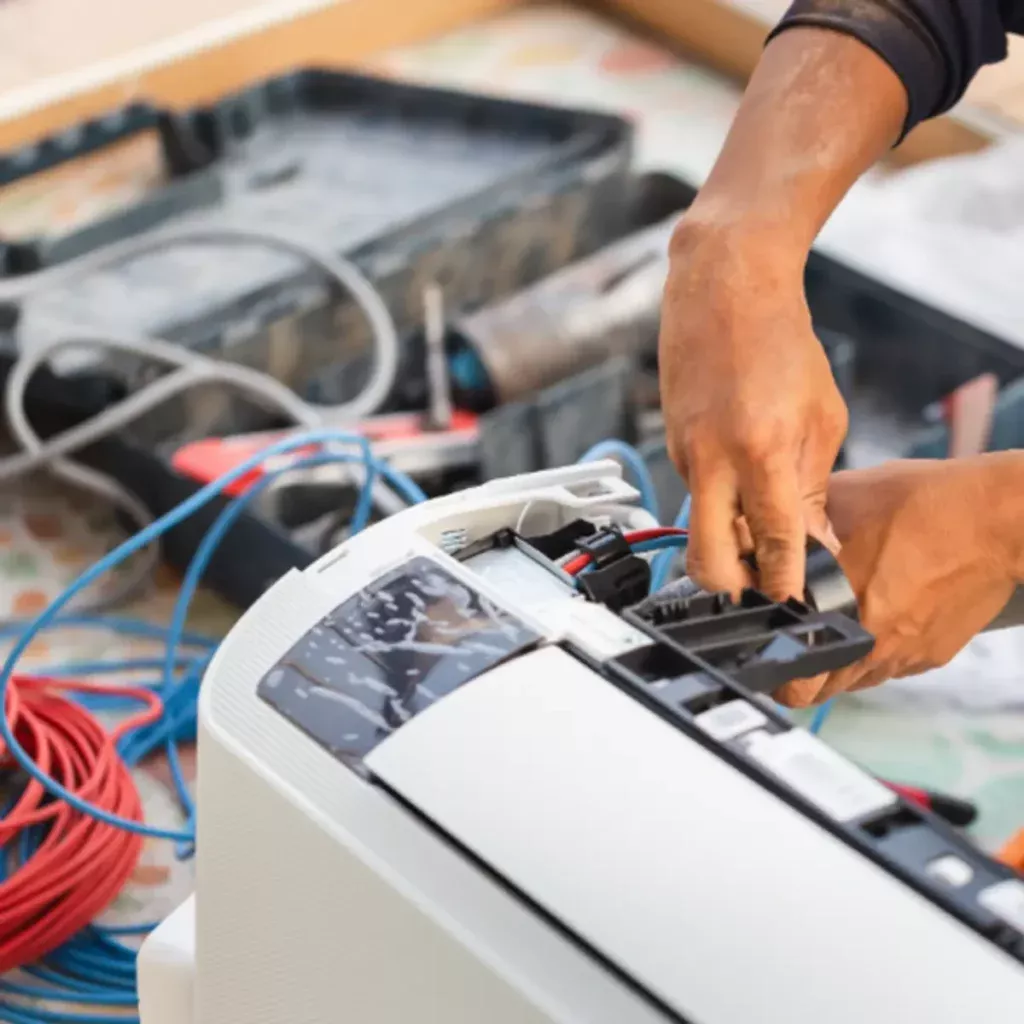
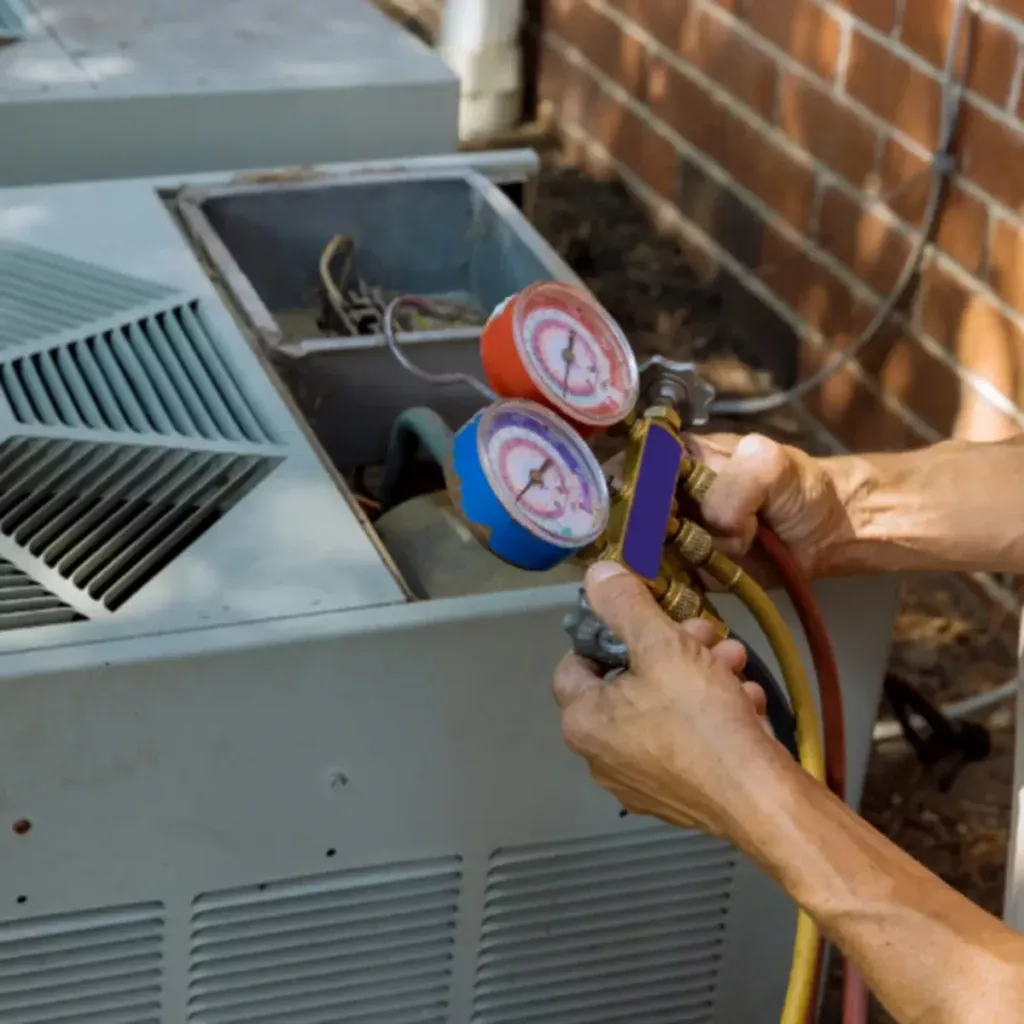
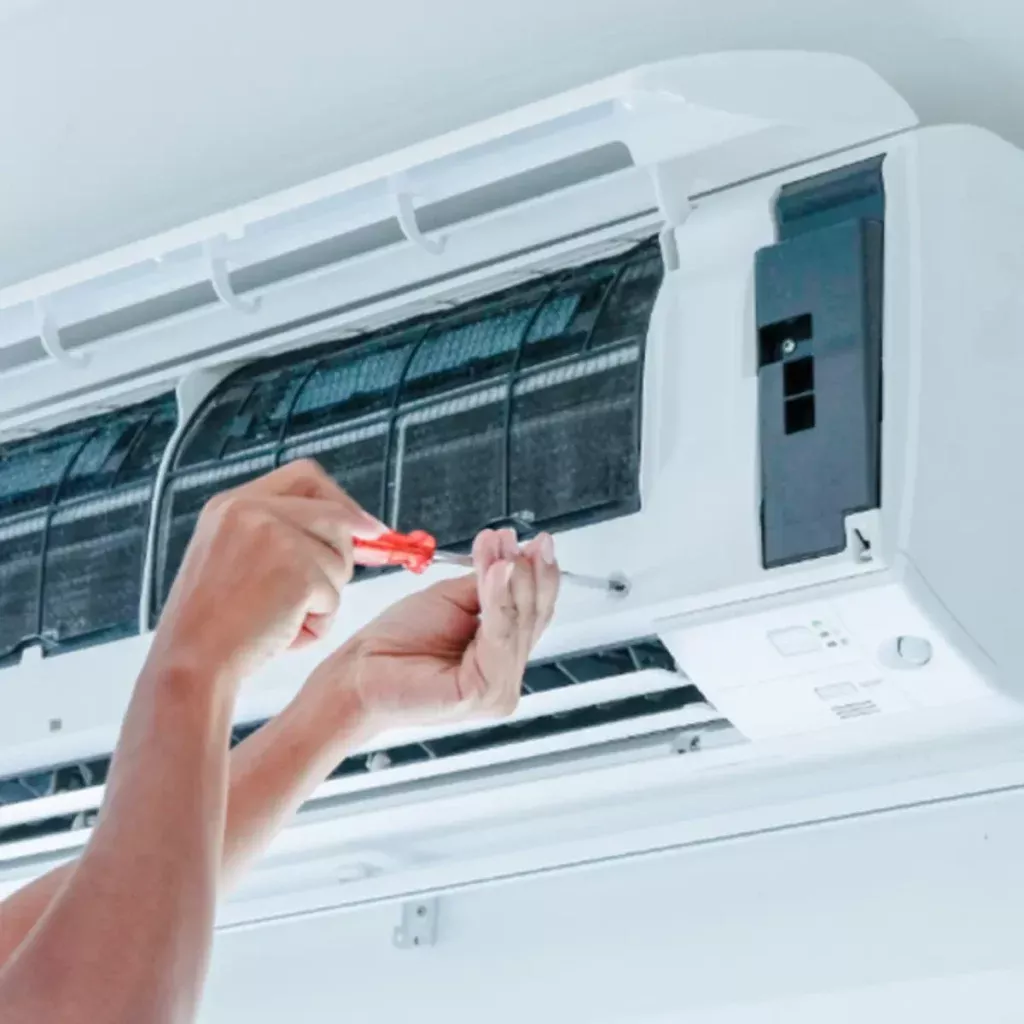
While some AC breakdowns happen unexpectedly, most issues can be spotted early on if you know what to look for. Some common signs of a malfunctioning AC include:
If you notice weak or inconsistent airflow from your AC and vents, it could be a sign of clogged filters, blocked ducts, or a failing compressor. Airflow issues don't just affect your comfort but also put unnecessary strain on your system.
Another clear sign of a failing air conditioner is strange noises coming from the unit. If you hear grinding, screeching, or banging sounds when your AC is running, it could indicate a problem with the motor, fan, or other internal components.
Short cycling—when your system turns on and off too frequently—results in premature wear and tear of AC components. Many factors, such as an oversized unit, low refrigerant levels, and dirty filters, can cause this problem.
Is your AC unit struggling to produce cool air? It may be due to a malfunctioning compressor, refrigerant leaks, or dirty coils. You should never ignore AC performance issues, as they can lead to complete system failure.
If the air coming from your AC vents has a musty, earthy smell, it could be a sign of mold growth within your system. Mold infestations are common in AC units, especially if they are not regularly cleaned or serviced.
Did you notice a sudden, unexpected spike in your electric bill? A faulty air conditioner could be the culprit. Undetected AC issues force the unit to overcompensate, resulting in higher energy consumption.
Water leaks can be caused by broken condensate lines, clogged drains, or frozen evaporator coils. You should discontinue using your AC if you notice any leaks, as they can cause equipment damage and pose electrical hazards.
Air Alliance Team offers everything you need and more to keep your AC running at peak performance. Our professional AC services include, but are not limited to:
We take the guesswork out of AC repairs. Using state-of-the-art diagnostic tools, we zero in on the exact cause of your AC problem. We'll inspect every component of your cooling system and give you an accurate diagnosis.
Our NATE-certified technicians are well-versed in repairing all kinds of cooling systems and equipment. From small part replacements to major repairs, we guarantee to get your air conditioning system back up and running in no time.
Sometimes, cleaning the unit is all it takes to restore your air conditioner's functionality and efficiency. We offer comprehensive cleaning and tune-up services to help prevent AC breakdowns and extend the life of your cooling system.
Leaks in your air conditioning system can cause the refrigerant levels to drop, significantly affecting its cooling performance. Our team can quickly locate and fix any leaks and then recharge your AC system to restore its cooling power.
Sometimes, the culprit behind AC issues is not the unit itself but a faulty thermostat. At Air Alliance Team, we can repair or replace your thermostat to restore precise temperature control and efficient cooling in your space.
AC system inefficiencies can also be traced back to damaged or blocked vents and ducts. We can fix any issues with your ventilation system, ensuring proper airflow and distribution of cool air throughout your space.
When your AC fails unexpectedly, Air Alliance Team will quickly spring into action to restore its functionality. We are on call 24 hours a day, 7 days a week, to provide emergency AC repairs when you need them most.
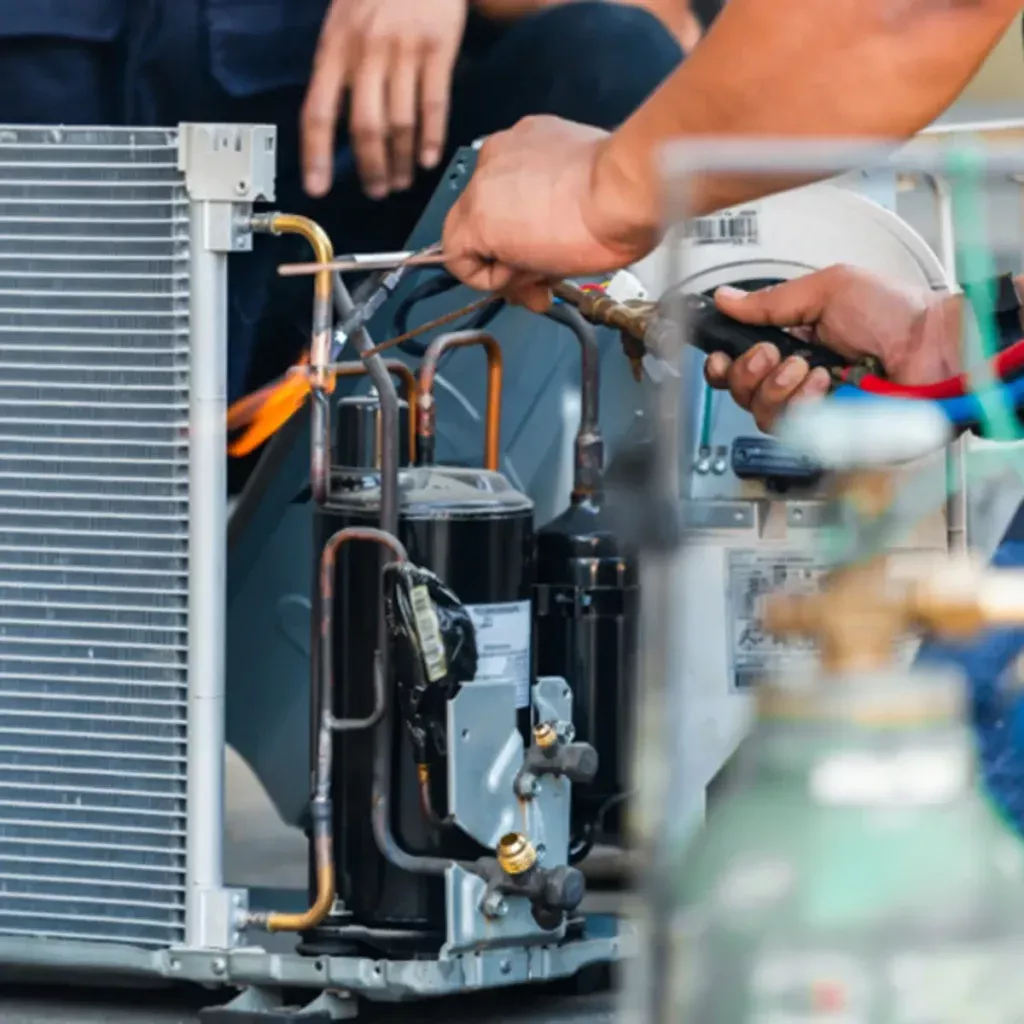
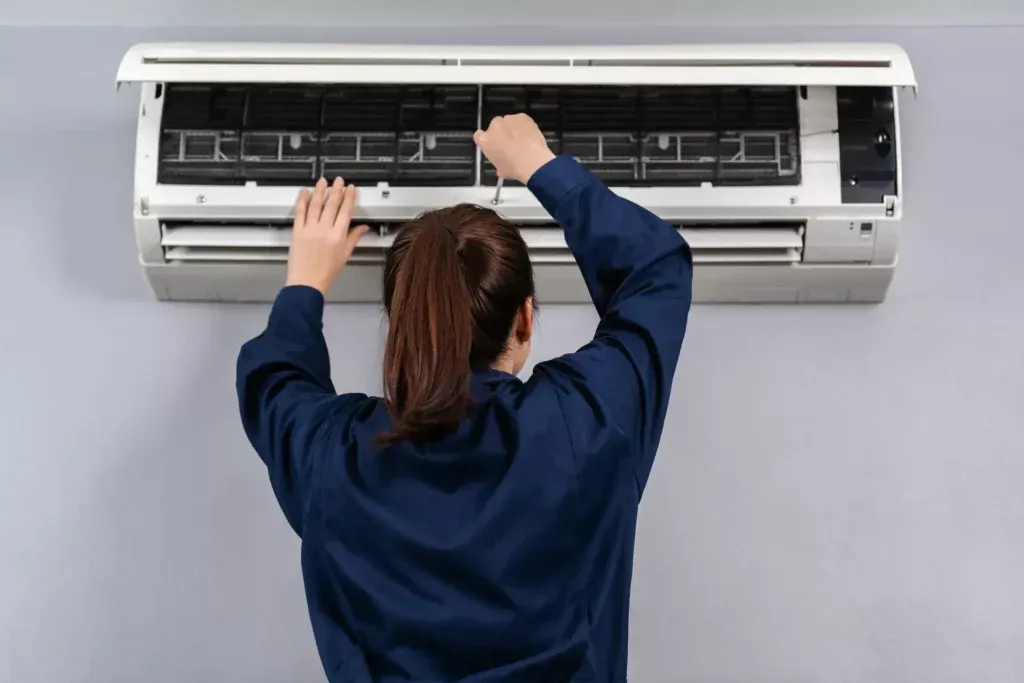
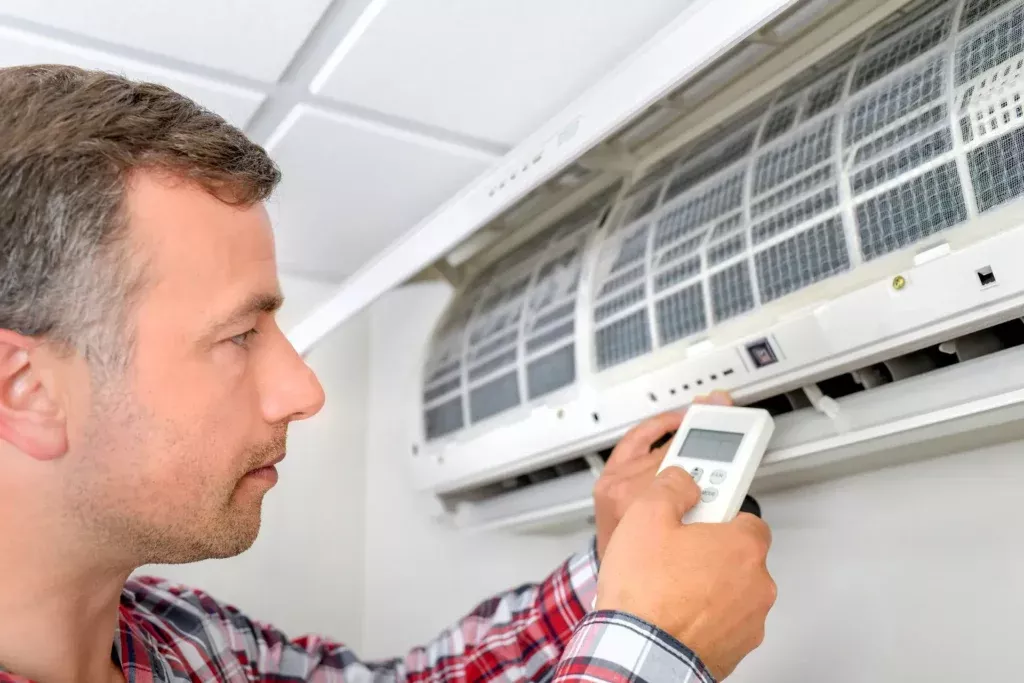
Routine maintenance is crucial for keeping your system in top shape and ensuring optimalcooling performance. But how oftenshould you schedule expert AC maintenance and tune-ups?
There is no clear-cut answer to this question, as it depends on various factors, including the age of your cooling system, usage patterns, and environmental conditions. However, as a general rule of thumb, we recommend scheduling AC cleaning and tune-up at least twice a year. It’s best to have your AC serviced in the spring before the hot summer months and in the fall before winter starts. More frequent maintenance may be necessary for commercial buildings or homes with heavy AC usage.
While you can certainly perform some basic tasks, such as regularly cleaning air filters, expert AC maintenance is a job best left to certified professionals. It is a small investment that can save you from extensive repairs and costly replacements down the line. Plus, regular maintenance can help your AC run at its best, giving you optimal comfort and energy savings.
At Air Alliance Team, subpar repairs are not in our vocabulary. We provide top-quality, long-lasting solutions for all your AC needs.
Why settle for quick fixes and band-aid solutions? While it may seem tempting to save a few bucks by going with unlicensed and inexperienced HVAC contractors, you’ll only end up spending more in the long run dealing with frequent system breakdowns. At Air Alliance Team, we stand behind our work with a satisfaction guarantee. We use only the best quality replacement parts and equipment to deliver repairs that stand the test of time.
Trust us to get your AC functioning like new again and keep it that way for years to come.
Don’t let a preventable AC issue turn into a costly disaster. Contact Air Alliance Team today to schedule a service appointment. Our team is committed to delivering expert AC repairs and maintenance services at affordable prices. Choose Air Alliance Team for all your cooling needs and experience the difference of working with a trusted, reliable HVAC company. Contact us at (636) 294-2777 to get started.
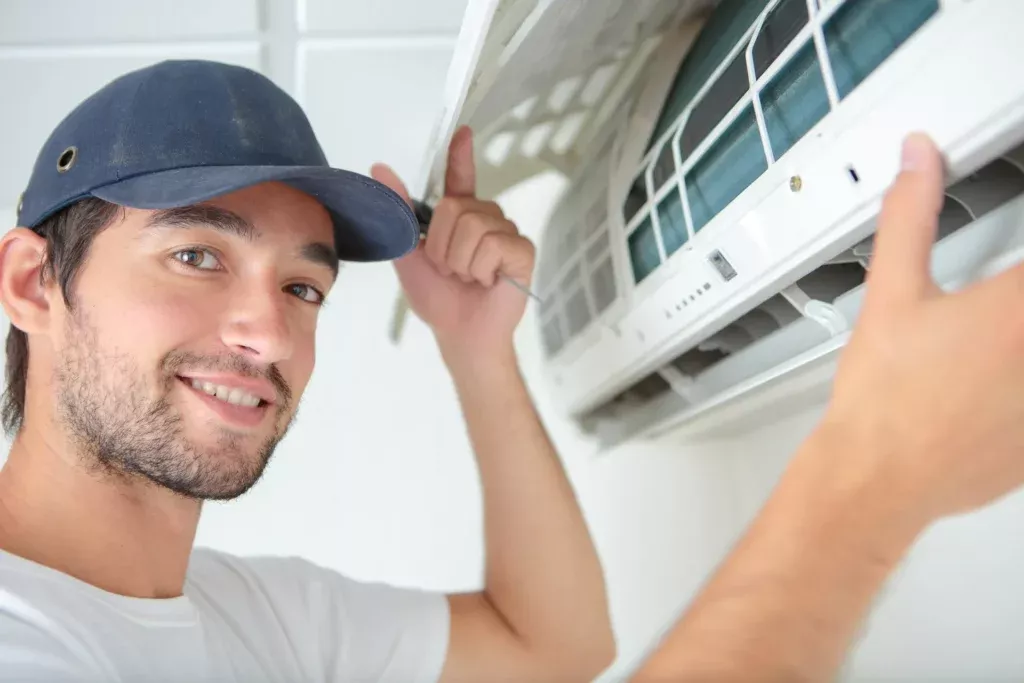
Choosing us means choosing quality, reliability, and affordability. Here’swhy you should look no further than AirAlliance Team.

Enjoy top-quality HVAC products and services at competitive prices. At Air Alliance Team, we guarantee to give you the best value for your money.

We back our word with the proper credentials. Choosing us means choosing a licensed HVAC contractor with insured and certified technicians.

Enjoy incredible discounts on our HVAC services. We offer special deals and seasonal promotions to help you save on your heating and cooling needs.

Get a free, no-strings-attached quote for any of our replacement equipment. We provide transparent pricing and detailed estimates for all our projects.

Quality isn't just a sales pitch for us—it's our way of doing business. Expect less than perfection from our certified HVAC professionals.

All our technicians are experienced, certified, and constantly trained. Count on us to provide accurate, reliable, and swift HVAC solutions.

Experience service that always goes above and beyond. Our team gives as much attention to our customers as we do to their HVAC systems.

Air Alliance Team's pricing is always reasonable and highly competitive. We provide the perfect balance of quality and affordability.

Our team values you, your time, and your property. Expect us to arrive promptly, work efficiently, and finish the job on schedule.

Air Alliance Team is a Dave Lennox Awardee. We take great pride in delivering the highest-quality HVAC services in Missouri.

Your nod of approval is what makes us strive to do better every day. Expect 100% satisfaction when you choose Air Alliance Team.
CALL US NOW FOR MORE INFORMATION
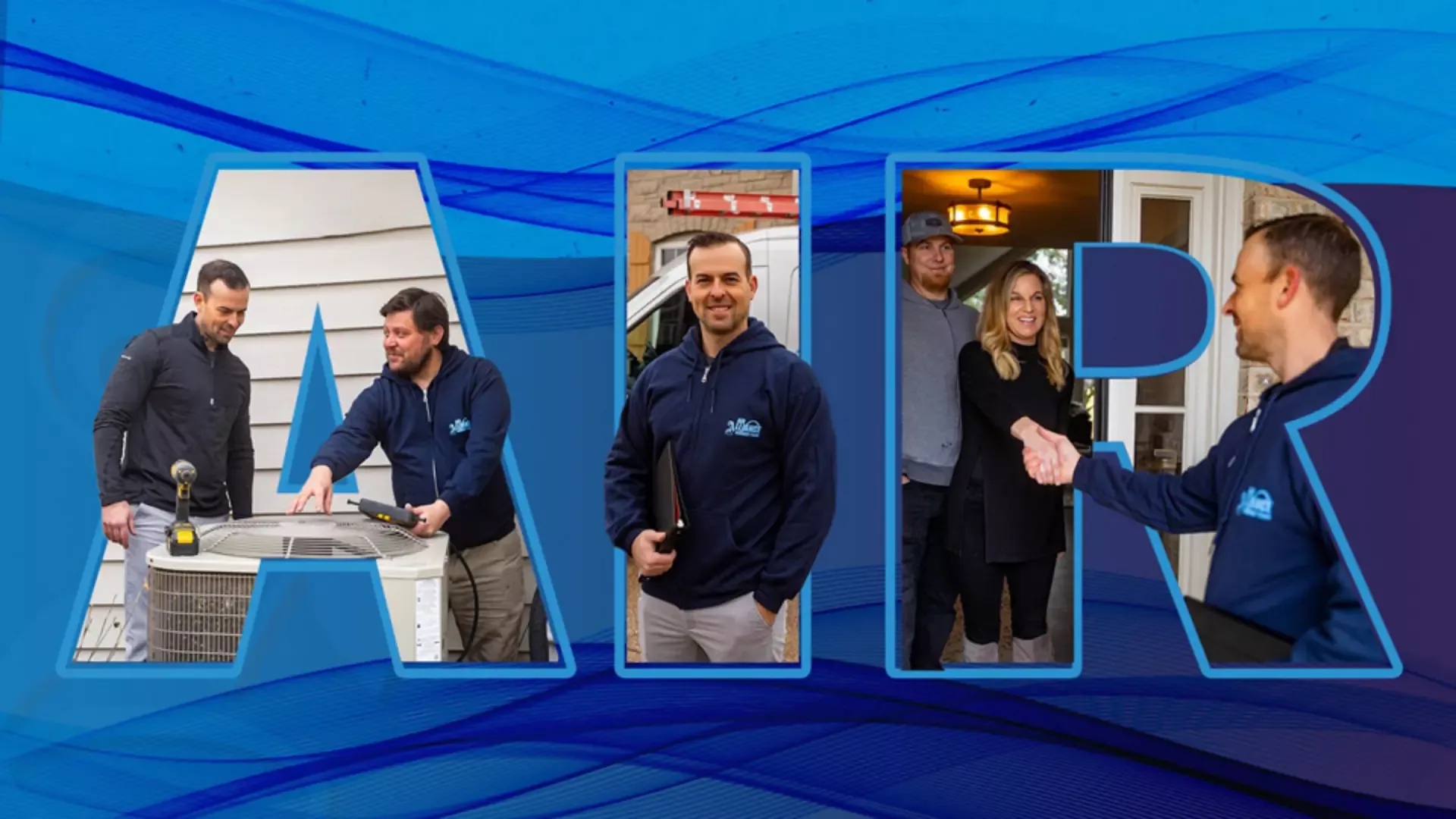
furnace, heat pump, air filter, hvac repair, air conditioner repair, furnace repair, commercial hvac services, hvac services, hvac company, commercial hvac, hvac, hvac contractor, heating and cooling, emergency service, efficiency, repair services, central air, hvac system, air conditioner, heat pump repair, repair, hvac service, cool air
furnace, heat pump, air filter, hvac repair, air conditioner repair, furnace repair, commercial hvac services, hvac services, hvac company, commercial hvac, hvac, hvac contractor, heating and cooling, emergency service, efficiency, repair services, central air, hvac system, air conditioner, heat pump repair, repair, hvac service, cool air